SUMMARY
This is AI generated summarization, which may have errors. For context, always refer to the full article.
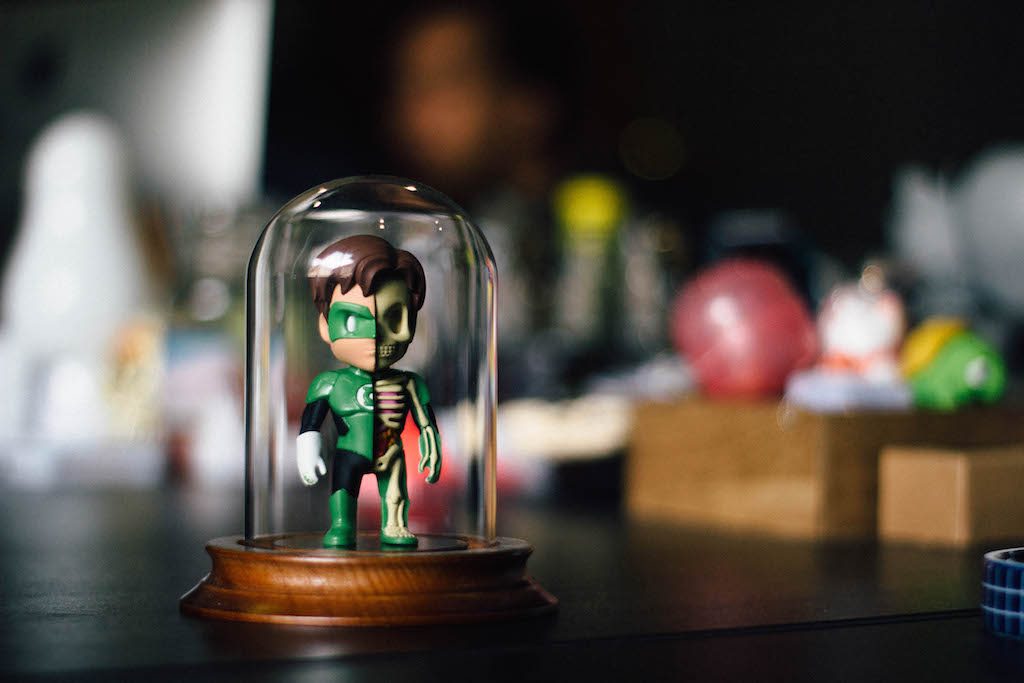
MANILA, Philippines – Jason Freeny’s figures truly embody the old adage, “it’s what’s on the inside that counts.” With regard to his sculptures, whether it’s an original creation or inspired by an existing property, he takes great care to see characters beyond the exterior — bones, innards, and all.
Ever since the fateful day that he decided to find out what goes on inside a balloon dog, he’s been continuously creating and conceptualizing the anatomy of characters of different shapes and sizes. It’s the kind of unique style that’s perfect for people who share his morbid curiosity and weren’t too squeamish about dissection in class. By cross-sectioning well-loved characters, he offers a new perspective by grounding them in our reality, giving us a better appreciation. No guts, no glory!
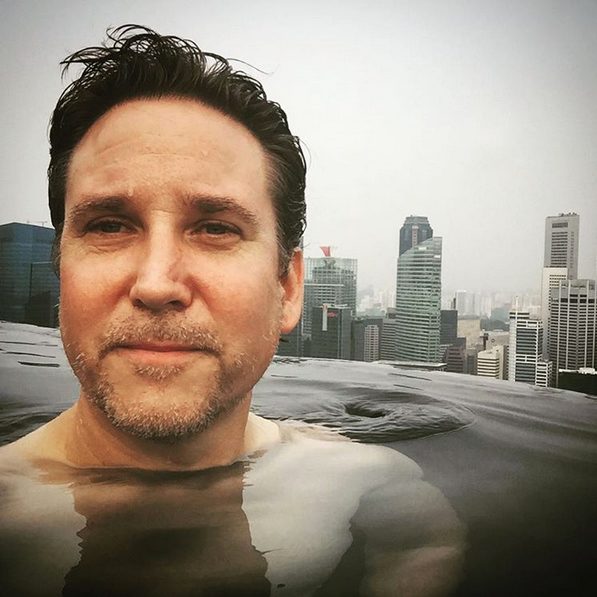
Rappler: Hey, Jason. We’re wondering what made you drawn to, well, drawing guts.
Jason Freeny: It was about 10 years ago, [when I started using] balloon dogs as pets in some of my illustrations. I wondered [what would happen] if I [were to] treat this fictitious animal [as if it were a] living creature. What kind of weird, grotesque anatomy and [skeletal system] would be inside and that’s where it began.
R: Which project was the most memorable for you to work on?
JF: The balloon dog, which was the very first one that I created. The first licensed character would be the LEGO figure—although I didn’t have permission [to make it]. I was very nervous about doing it and how it would be accepted. I was very surprised to see that not only was it [well-received] but it was used on some of [LEGO’s] websites as fan art.
R: What is the most exciting thing about working in the toy industry?
JF: There’s something very satisfying about [your design turning into] an actual product. It takes many people to make it happen,
it’s not just me. It’s exciting to see designs that I send off return as actual three-dimensional toy prototypes a few months later.
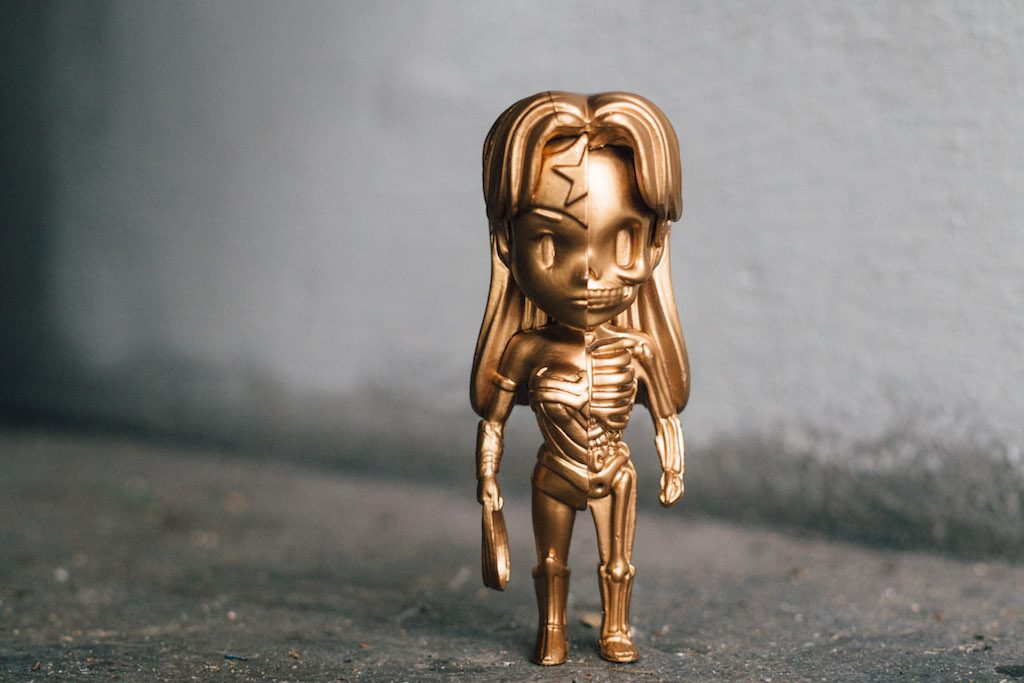
R: What’s the process behind breaking down the anatomy of a character?
JF: The end result is always a mystery to me although I have a basic idea. I let the exterior shape of the character dictate what its skeleton will look like.
R: What was the toughest sculpture that you’ve ever worked on?
JF: I recently made a sculpture of Totoro’s anatomy. When he opens his mouths, it becomes very large so it was very tricky to figure out where the bones would go in order to make his expression happen. I do run into situations like this with characters, sometimes their legs or arms are really thin and there’s not a lot to work with, when characters are drawn in two dimensions, they do not need to concern themselves with how the anatomy will work so challenges are always presented in that matter.
R: What are the challenges encountered when working in your industry?
JF: Compromises always have to be made in respect to production methods. Sculpting something is one thing but you need to consider how difficult and costly it will be to produce a mold, so I try to keep that in mind when I’m designing [for mass production].
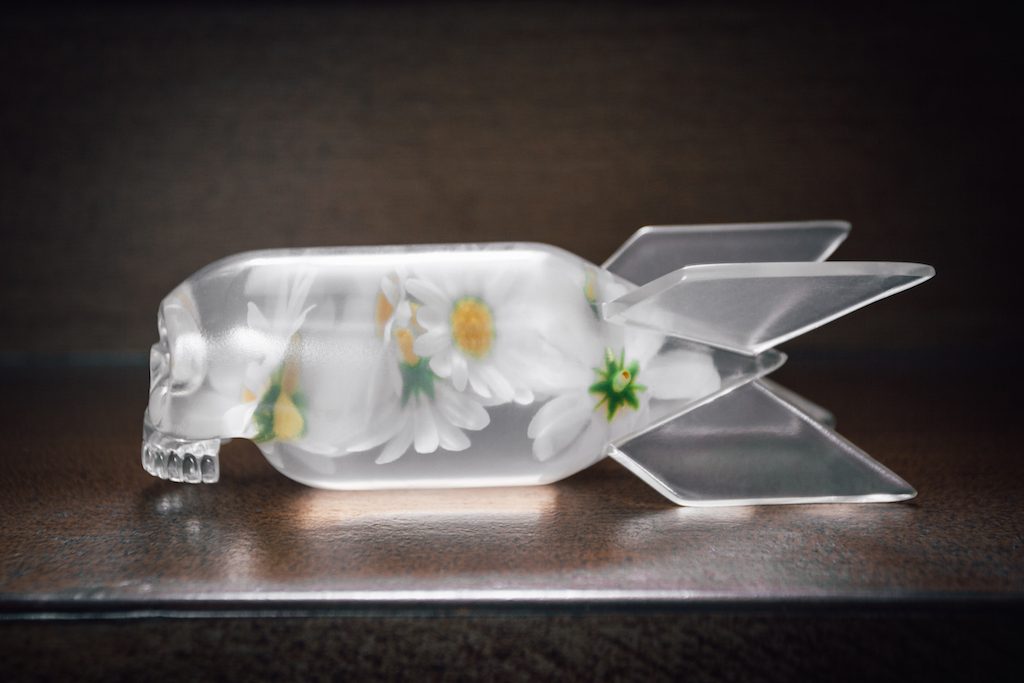
R: How has technology and social media made an impact on your craft?
JF: Companies that own the licenses to these characters used to be very strict and aggressive about making sure nobody touches their property. It’s become more acceptable [these days because] they see the benefits of allowing fans and independent designers to explore other possibilities with characters everybody loves. The Internet has made it possible [to gain a] much larger audience and [easier to showcase] artwork to fans. In the 90s, you had to go through galleries. These venues are limited and very selective as to who they show and a lot of times you would have to cater to the gallery’s [preference] so that they were confident that they could sell your work. Eliminating that avenue has opened up the treasure trove of designers like myself. Galleries are still important as they create a space where the actual work can be displayed which is impossible to do within the 2D world of your computer screen or phone.
R: Who influences your artwork?
JF: My style is very much the look of produced toys. I studied industrial design and learned my sculpting techniques through handmade prototypes. It took a while for me to feel confident with my style. I used to question everything I did and how it looked but after a while, I [accepted] that my hands made things look a certain way naturally and that embracing that is what made my work unique. I’ve always been a fan of pop art and my influences are artists like Andy Warhol and Lichtenstein. I also love the graphic and geometric designs of Escher. The artist that had the most influence as far as the direction I took would have to be Robert Williams.
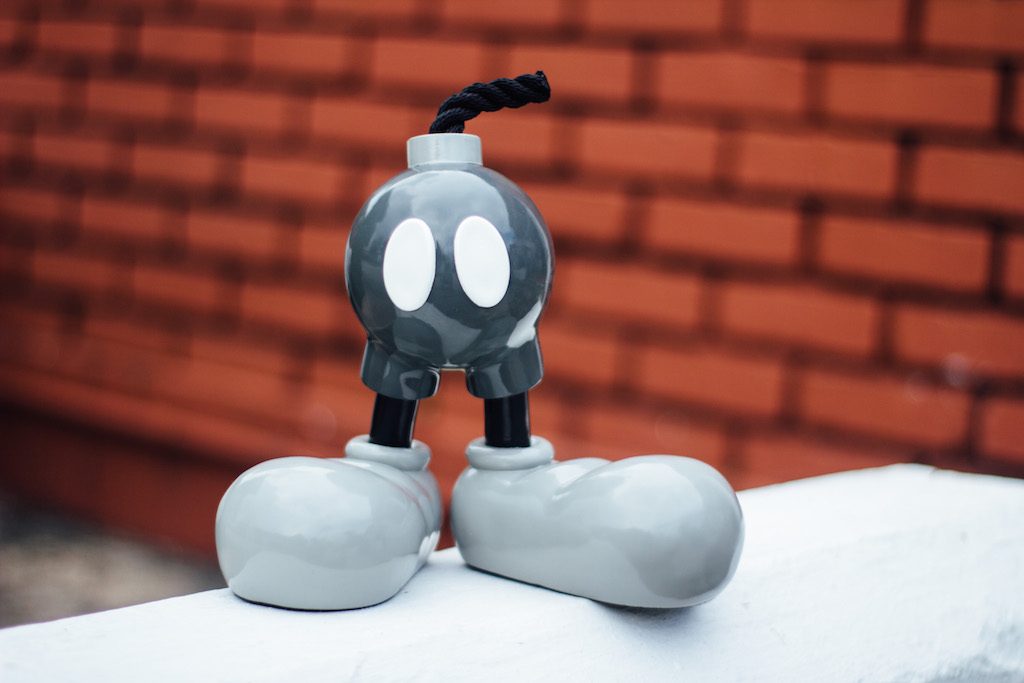
R: What are the future sculptures that you want to work on?
JF: [I’m looking forward to my collaboration] with Mightyjaxx on the licenses that they have acquired. It feels good to produce toys that are official as opposed to tiptoeing along and wondering if I’m going to get in trouble for doing something.
R: If you were to do a dissection on yourself, how would it look like?
JF: It would be very normal although it would be also toy-like. I approach dissections as if that particular characters world existed. If they had to visit the doctor, this would be the medical model that would [be displayed on the] desk.
R: Who would you want to do a collaboration with in the future?
JF: I would love to work with Jeff Koons [known for making balloon dogs using shiny metals] and create a giant version fusing our two creations together.
Check out Jason Freeny’s toy panel alongside fellow artists Simone Legno and Quiccs at APCC on Saturday (August 26), 11:45-12:15 at SMX. – Rappler.com
Add a comment
How does this make you feel?
There are no comments yet. Add your comment to start the conversation.